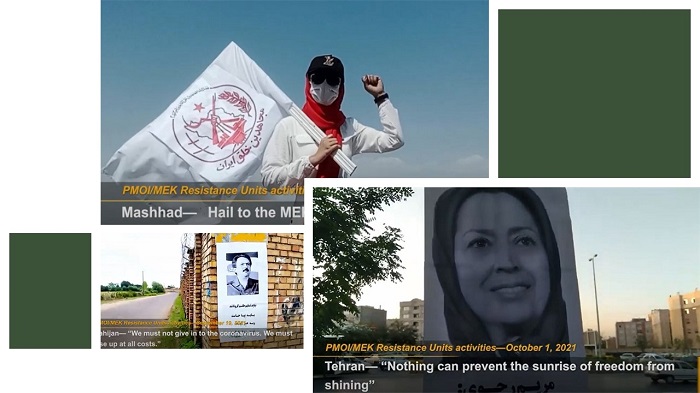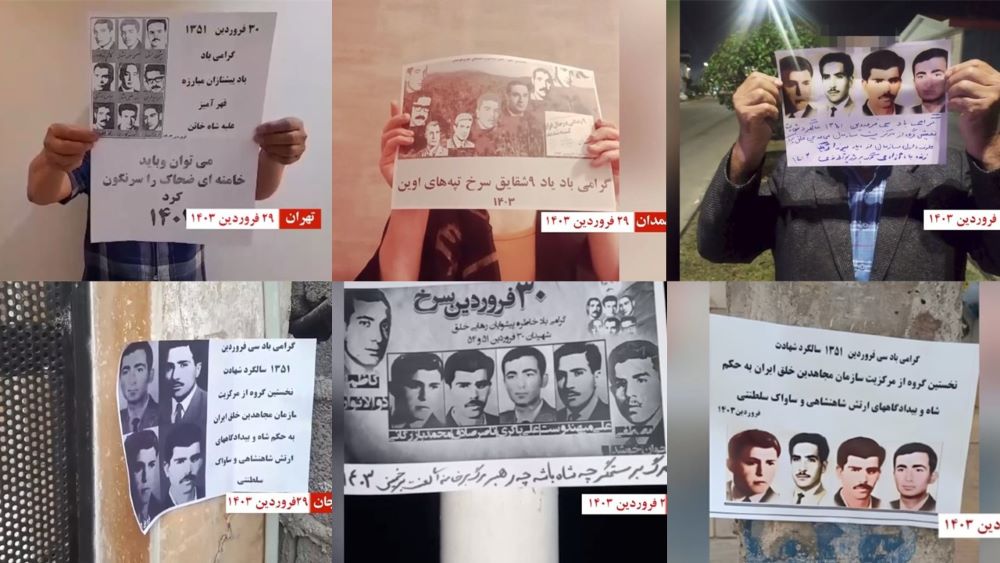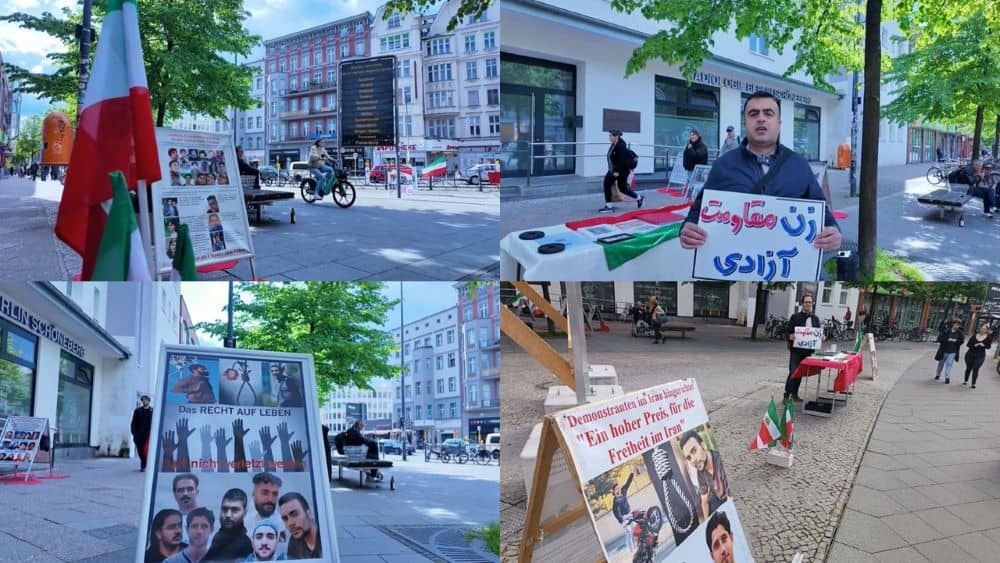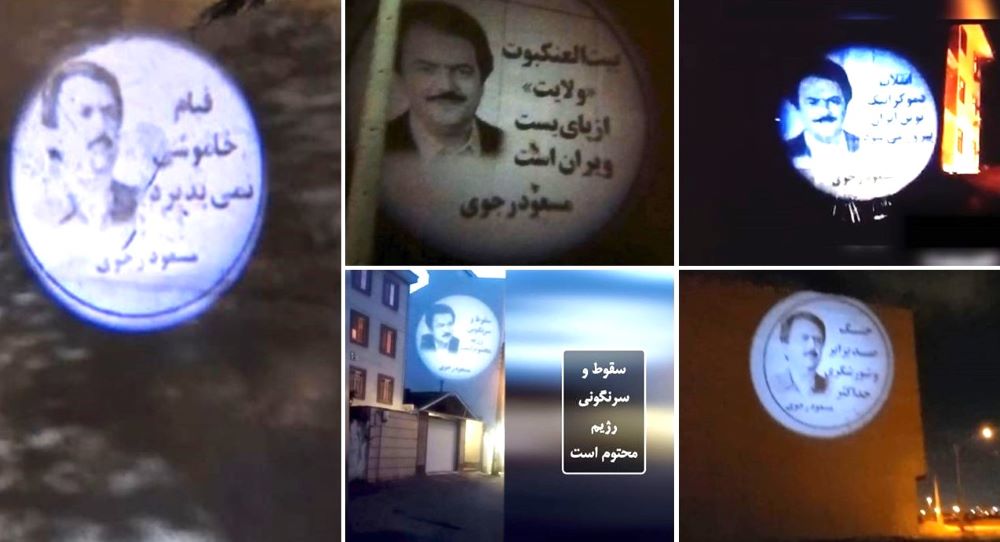
The current period of persistent unrest in Iran is years in the making, but ever since Ebrahim Raisi was appointed at the Iranian regime’s new president in June, the unrest has amplified. This is no surprise considering Raisi’s history of human rights abuses and crimes against humanity.
Raisi was involved heavily in Iran’s 1988 massacre, which saw 30,000 political prisoners executed during the summer of that year. As the deputy public prosecutor in Tehran at the time, Raisi became an official on the ‘death commission’, a panel of judges who implemented then-supreme leader, Ruhollah Khomeini’s fatwa which ordered them to execute those prisoners that were allied with the Iranian Resistance.
The National Council of Resistance of Iran (NCRI) said, “As the unrests in recent years in Iran have been escalating, the MEK’s ‘Resistance Units’ have proven to be a central driving force in a number of recent, large-scale protests and nationwide uprisings.”
Iran’s most notable uprisings took place in January 2018 and November 2019, with protests taking place in hundreds of cities across the country. Both uprisings featured protesters displaying anti-regime slogans, such as ‘Death to the Dictator’.
In recent protests, many of the slogans are aimed directly at Raisi, while others are focused on Ali Khamenei, the regime’s current supreme leader.
Resistance units continue to protest across Iran to this date, bravely fighting for regime change to provide solutions to Iran’s current social and economic crises. The most recent wave of protests featured Iranian teachers, who took to the streets across the country as the new academic year started.
The NCRI said, “Although teachers have specific and unique grievances, a number of the associated protests have embraced the message of regime change, thereby continuing a trend that was previously seen in demonstrations by pensioners, blue-collar workers, victims of government investment scams, and so on.”
Adding to the growth of public outrage has been the current public health crisis, and more importantly in how the regime has mismanaged the Covid-19 pandemic in Iran. According to the People’s Mojahedin Organization of Iran (PMOI/MEK), the current death toll due to the pandemic is surpassing 445,000, which is four times higher than figures that regime authorities have stated. The high numbers are believed to be due to Khamenei’s import ban of reputable vaccines from the United States and Europe.
At the beginning of the pandemic, Khamenei was reported to have referred to the pandemic as a ‘blessing’, as he later used it as a method to contain the unrest in Iran following the November 2019 uprising.
The NCRI said, “Certainly, the decline in unrest during 2020 speaks to the fact that this was an opportunity for the regime to acquire some breathing room. Khamenei sought to take advantage of that opportunity after the prior failure of violent repression.”
In recent weeks, protests staged by Iranian teachers, among other public demonstrations, have featured slogans coined by Resistance units, memorializing the ‘1,500 martyrs’ of the November 2019 uprising. The number signified the death toll of the protesters that lost their lives at the hand of the regime during the demonstrations at that time.
The NCRI said, “Even after 1,500 people had been killed, and countless others tortured, it took a pandemic for Iran’s public activism to become more subdued. But this change was only temporary. Resistance Units have continued their work in the interim and have made the general public aware of the ongoing proliferation of reasons for them to demand regime change.”





